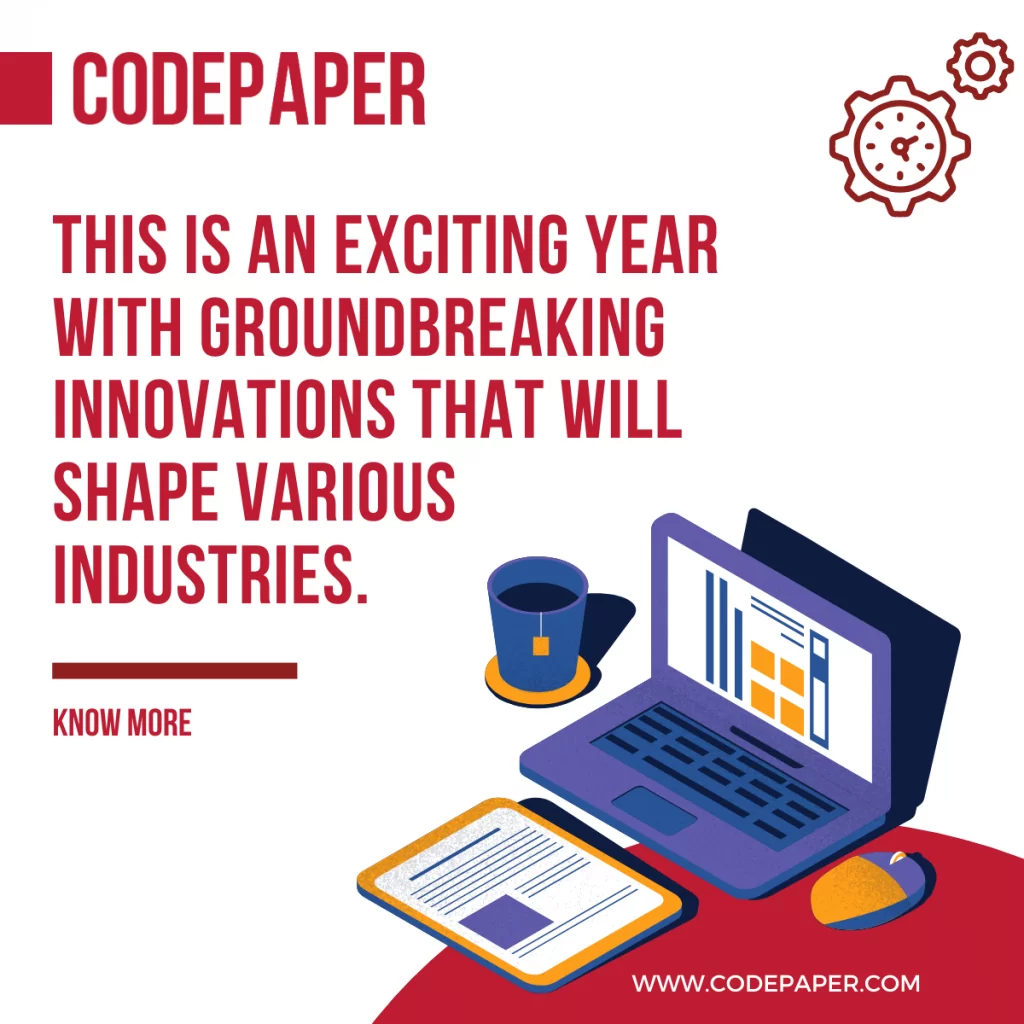In a digitally powered world, companies of all industries considered many things like – irrespective of size and location, are trusted to assemble disruptive, agile custom software development to meet their customers’ unique needs. Companies have various options when it comes to choosing the right software for their business. Many organizations decide to purchase off the shelf product, yet these are generally not perfect for a variety of purpose.
Agile is a running approach to developing custom software where teams of Business analysts, Designers, and Developers work with the Customer’s designated “Product Owner” to ensure the vision, business goals, and user needs are met. When it comes to building custom software, the companies must have requisite skills and knowledge to take simple ideas into the real world. Agile Custom Software Development solutions offer great value to their customers than off the shelf options, however, finding the correct tech talent to create these solutions takes time and effort.
In our article, our aim is to explore agile software development from a customer’s point of view. Two of the most mainstream and well known are the agile approach and Waterfall approach. There is a third alternative, known as the Hybrid Approach which endeavors to remove the best from the two methodologies.
The Process of Agile Custom Software Development
Let’s consider how to agile software development process goes and what role the customer plays in it.
An agile-based project is divided into the following stages:
Requirement gathering –
Define the requirements for the cycle based on the product backlog, sprint backlog, customer, and stakeholder feedback.
Design –
Design is a must to know about how the software will look like and how it will function.
Development –
This phase is obviously the hardest and potentially riskiest stage. Develop the software based on all the approved guidelines.
Testing –
QA (Quality Assurance) testing, internal and external training, documentation, and many more. Complete all those testings before delivery.
Product Delivery –
Present the last version of the working product or software to clients and stakeholders.
Feedback –
Solicit feedback from the clients and stakeholders and work it on the information to incorporate into the next sprint.
Agile Model V/s Waterfall Model
Agile Model
1. The client has early and frequent opportunities to look at the product and make a decision and changes to the project
2. The error can be fixed in the middle of the project.
3. developers and testers work together
4. User acceptance is performed at the end of every sprint
5. Software development attends more priority than Documentation
6. Each cycle has its own testing stage
7. Small Projects can be implemented quickly. For large projects, it is hard to appraise the development time.
Waterfall Model
1. After completion of the project, the only customer can see the product.
2. If any error found in the project, the project has to start from the beginning
3. Developers and testers work separately
4. User acceptance is performed at the end of the project
5. Documentation is on the top priority list
6. The testing phase is executed after the development phase.
7. All range of projects can be estimated and finished.



